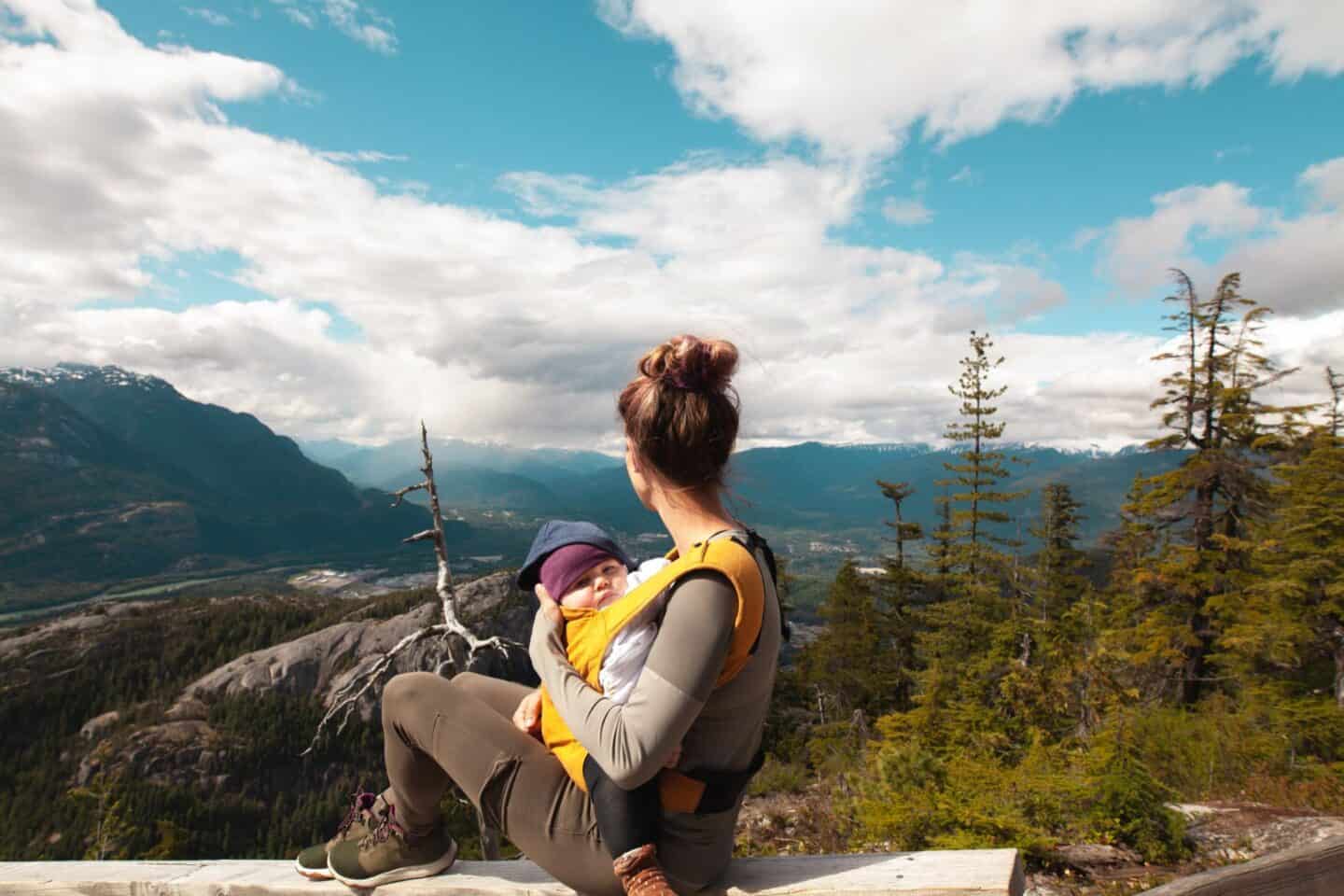
As an Amazon Associate, I earn from qualifying purchases. The links below may be affiliate links. Please read my disclosure policy for more information.
It is indeed a very exciting part of your life to become a parent. You are now responsible for another being in this world.
As a mom or dad, you only want to buy the best stuff for your child. You may have encountered baby carriers in your research on the stuff you needed your baby.
Baby carriers come in different shapes and styles. It depends on what you want and the support your back needs when carrying your baby.
Carriers are there to help you have two free hands when going out with your baby. Here are five things you need to know before choosing a baby carrier:
1. Know the type of carrier you need
There are 5 types of baby carriers:
Wrap – uses stretchy fabric that you wrap around you and the baby which you knot together to secure. This is a very minimal approach for baby wearing.
Sling/Ring Sling – uses cotton or a non-stretch fabric that you wrap around you and the baby and secure with a ring.
Mei-Tai/Sash- This is a carrier that combines the SSC type carrier and the wrap because it has heavy materials but you have to tie the straps into a knot like a wrap.
You May Also Like:
- The Best Age-Appropriate Chores for Kids of All Ages!
- Boomer Parenting Advice: More Outdated Than a VHS Tape
- Exploring the Decline in American Birthrates: 10 Insights from Those Who’ve Chosen Parenthood Differently
- 10 Things Moms Secretly Wish Other Moms Would Stop Doing
- Grey Hairs and Baby Cries: A HILARIOUS Look at Late-in-Life Motherhood!

Soft Structured Carriers (SSC)/ Buckle Carrier- The most common type of baby carriers out in the market. This is the easiest, safest, and back-friendliest carrier on this list.
Backpack Carriers- These are carriers used mostly for outdoor activities with your baby. Younger children can’t use this carrier as the neck support us usually for front-facing carriers.
2. Know if you’ll co-carry with your partner
You might have to get a good and adjustable carrier if you decide to co-carry your baby with your partner, this means that you have to get a carrier that is versatile and would fit you both despite the difference in body type.
Related: Best baby carrier for plus size mom
3. Know the different carrying position (and when to use each position)
There are many carrying positions but here are the main 4 positions:
Front inward facing/baby is facing your chest- this is for infants as you have to support their necks and make sure that they can feed easily.
Front backward-facing/baby is facing the same way as you-this is for babies who are strong enough to lift their heads.
Hip carry- use this carry if your baby wants to go up and down the carrier, it is the easiest to detach from this position
Back carry- this is for much older babies who are more curious but still want their parents to carry them.

4. Know all the safety precautions of carrying
Always take note that you are now going to carry a baby so you have to mentally and physically prepare for it.
For example, do not eat extremely hot food that can spill on your baby. Don’t make sudden movements that can injure your baby’s neck or cause for you to bump into something. These are just some examples.
5. Know how to use the carrier before the baby uses it
Carriers have a lot of straps that may be confusing on how to use or adjust. Keep in mind that you can’t be fumbling and panicking when your baby is in the carrier as this can cause accidents.
